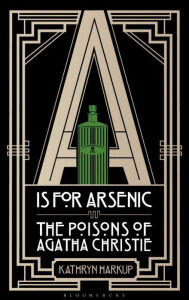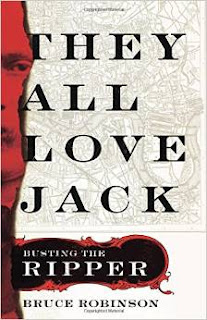 His entry begins:
His entry begins:One of the great blessings of working in the publishing industry is getting advance copies of all the great books out there. I have shelves overflowing with books and a kitchen table stacked with more galley copies than I have time in the day to read. What a wonderful problem to have.About Midnight Jesus, from the publisher:
Greg Renoff’s Van Halen Rising is everything I’m looking for in a rock biography. Rock books are hot right now and what works for me is something that captures the mood of the music. I don’t like rock books that take an academic approach. Be fun, be light, be well written. Greg’s book does all of those things. Best music book of the year, for me. Also with that is the AC/DC FAQ by Susan Masino, The Eagles FAQ by Andrew Vaughn and Sinister Urge, a new Rob Zombie bio by my friend (and boss) Joel McIver. When I was eleven, I wanted...[read on]
The heart of God can be found in the unlikeliest places, in the unlikeliest people.Visit the Midnight Jesus website.
It’s three a.m. in the side yard of a shack in the worst part of town. I’ve got a dirty-faced baby on my hip and there’s a pit bull standing on the septic tank in the next yard over barking his head off. My patient sits on the hood of her ex-husband’s low rider smoking a cigarette and dumping her pills into a mud hole by the right front tire. Airbrushed across the hood of the car is a cross-eyed Jesus with open arms. She lays her hand ontop of his as the still-hot engine ticks. Through tears she pleads, “Help me Jesus, please.”
The dog is silent. Sirens approach. “Just breathe,” I tell her. “Everything’s gonna be all right.”
The baby fidgets, resting her head against me, staring up into my eyes. I raise one finger and she holds it tight.
I fumble for the words again. “Just breathe.”
Midnight Jesus shares fascinating, bizarre, and sometimes humorous true-life stories of everyday people looking for hope in their darkest hours. Poignant and unpretentious, Jamie paints beauty where at times it seems none exists—from skating rinks and bars, late-night highways and lonely apartments, broken churches and rundown trailer parks, jail cells, bridge rails, ERs, psych wards, and that place over the levee where God laughs and walks through the cool dark night.
The Page 99 Test: Midnight Jesus.
My Book, The Movie: Midnight Jesus.
Writers Read: Jamie Blaine.
--Marshal Zeringue





































